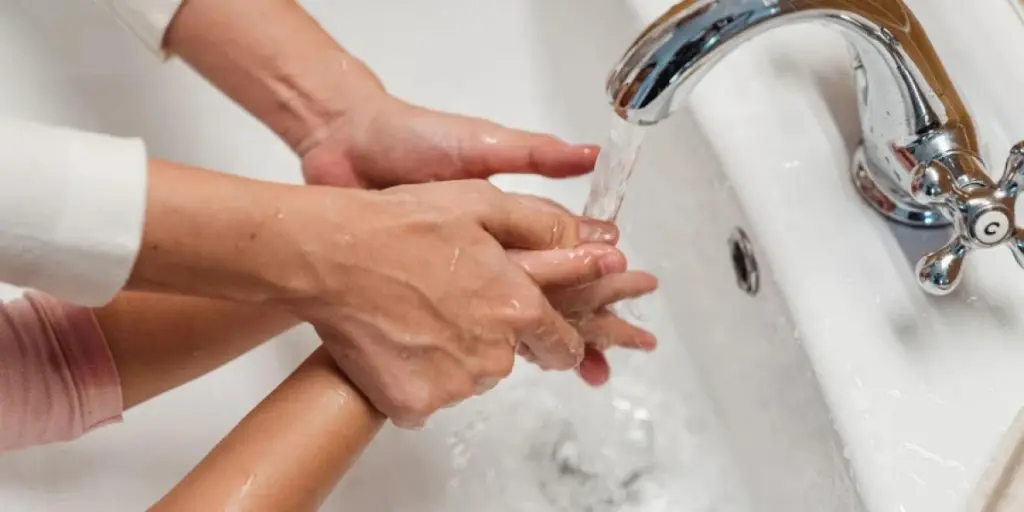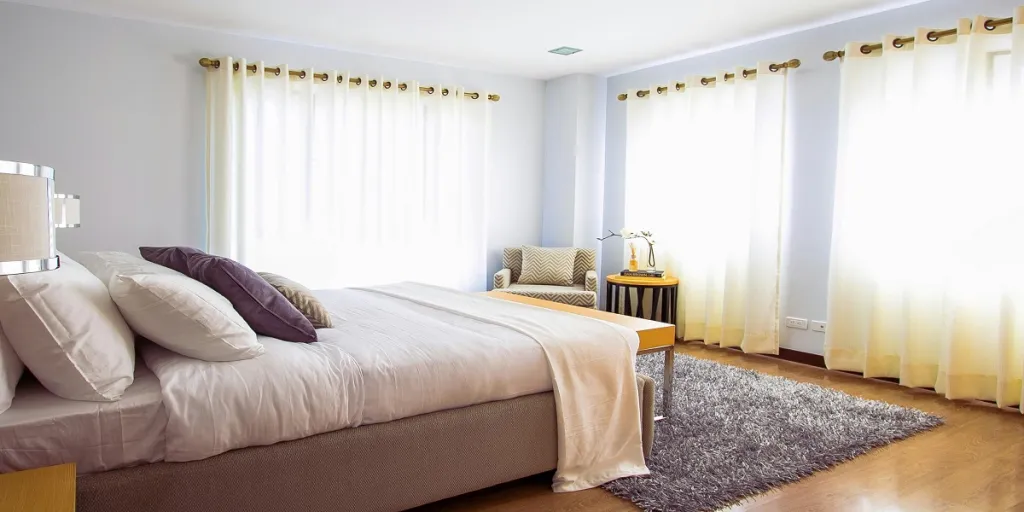Contrary to the old belief that faucets are only meant to allow water to flow in your sink, they contribute significantly to bathroom decor. Therefore, choosing basin faucets for your bath should not be an afterthought.
Faucets come in different designs and features to suit customers’ varying needs. Single and double-handle faucets are common in the market today. They come in different colors, such as chrome, silver, and matte. In addition, they are made of different materials, including brass, stainless steel, nickel, zinc, and gold.
Many factors influence faucet choice. For example, a kitchen faucet should have an easy-to-turn handle, while a bathroom faucet requires double handles for hot and cold water. Aesthetic preference and style are also essential when selecting fixtures.
Learn more about the modern faucets in the market today and how to choose a suitable one for bathtubs and sinks from this post.
Table of Contents
Overview of the global faucet market
Essential features of faucets
Factors to consider when choosing faucets
Choose modern faucet designs for ultimate comfort
Overview of the global faucet market
Innovations and digitization have contributed to remarkable growth in the faucet market share. Valued at US $19.3 billion in 2021, the global faucet market is projected to record a 7.4% compound annual growth rate (CAGR) between 2022–2030.
Innovations in the market and urbanization have contributed to market growth. Real estate investors are embracing the latest innovations in commercial and residential property to gain a competitive advantage.
Private home developers are also working to make their kitchens and bathrooms luxurious with modern fixtures in the market. This has led to increased demand for modern faucets.
As developers incorporate new features in faucets and develop digital ones, the global market share will continue growing. Furthermore, consumer income growth as people embrace remote work empowers them to have a modern home hence the growing demand for the products. Besides, the demand for basin faucets will hardly drop in the future since they are essential in every property.
Essential features of faucets
Kitchen and bathroom basin faucets have different features. Traditional ones are manually operated and come in simple designs, while modern ones have more features and functions through sensors. Whether looking for modern or traditional styles, check out the following features before choosing a model.
Control system
The valve apparatus, motion sensor, and detectors form the faucet control system. They direct water flow from the faucet neck to the sink. A valve-operated faucet is manual and ideal in a house without children or people with disability.
Faucets with motion sensors or detectors are easy to operate and can function without touching. Such faucets are ideal for children’s bathrooms or those used by elderly and disabled family members.
A touchless basin faucet is ideal for bathrooms because it is more hygienic. It also helps to moderate water temperature using a mixer in the two taps. When choosing one, consider the control system and functionality to meet customer requirements.
Suitable dimensions for your sink
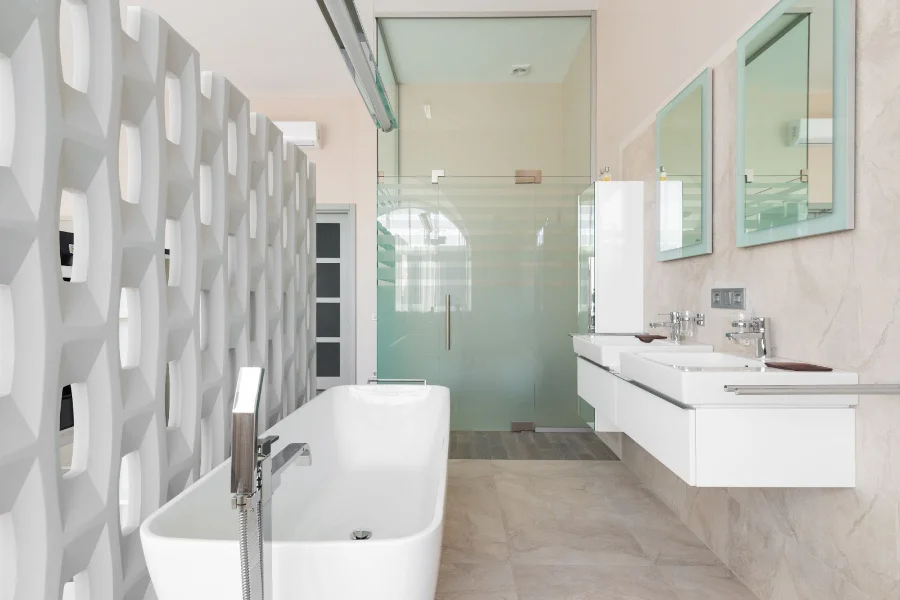
Sink size and location determine the type of faucet to choose. Kitchen sinks are bigger, and therefore a faucet with a long neck suits them. On the other hand, bathroom sinks are smaller and therefore require faucets with shorter necks.
When choosing the kitchen or bathroom faucets, ensure they fit moderately within the width of the basin. This prevents water from splashing outside the sink, making the surrounding area wet. Furthermore, a well-fitting faucet is convenient to use and prevents water wastage.
Aesthetic value
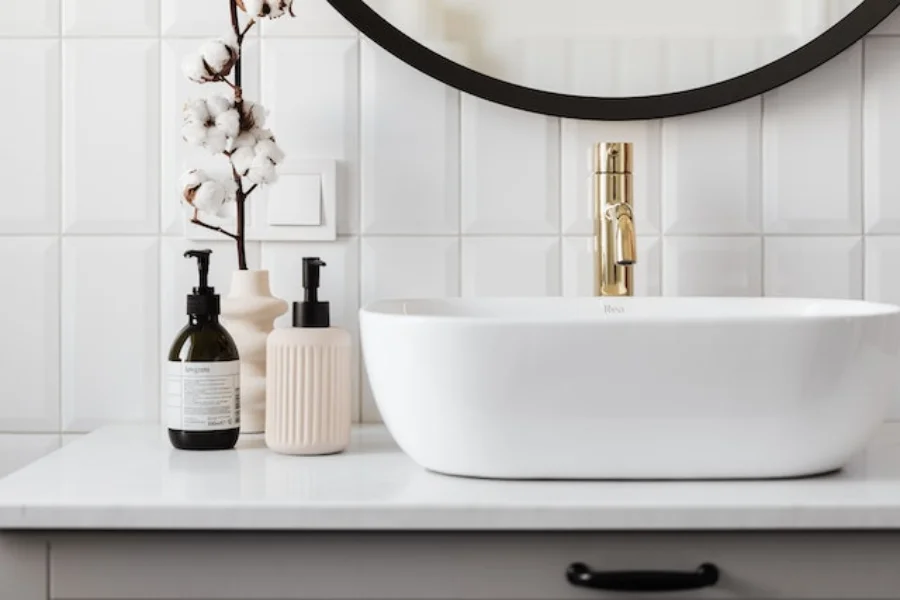
Whether choosing faucets for a kitchen makeover or bathtub renovation, aesthetic value is a major factor to consider. The color of the surroundings and customers’ taste influences the faucet choice for different sinks.
A stainless steel kitchen sink matches a polished brass dual-handle faucet. The shiny, smooth surfaces are easy to clean and less sticky. Therefore, any grease from dirty utensils is easily washed away.
The faucet color can also contrast that of the sink and look stylish. For example, a polished zinc alloy faucet complements golden bathroom zinc, making it look modern and stylish.
Should be ADA-compliant
When choosing faucets for the kitchen sink or bathroom, ensure they accommodate persons with disability. This calls for the right size and easy-to-operate fixtures. For example, a basin faucet with a sensor is ideal for a visually impaired person, while one mounted within reach is accessible to older people.
When fixing faucets, the space leading to where they are mounted should be free of obstruction with a non-slippery floor to avoid accidents.
Have additional accessories for improved efficiency
Dual handles, sensors, and detectors are some of the accessories that make faucets more efficient. Sensors help in operating them without touch hence keeping germs away. In addition, detectors help deliver water at the preferred temperature using the double-handle faucet.
Other features that make faucets more efficient include cross-shaped knobs for easy opening and closing, tall necks for faster filling of bathtubs with water and push and pull handles. Dual taps and mixers help regulate water temperatures by blending hot and cold water.
Factors to consider when choosing faucets
The efficient functioning of basin faucets depends on many factors. Sink size, location in the house, and water source are some of the factors that influence their choice.
1. Location and use
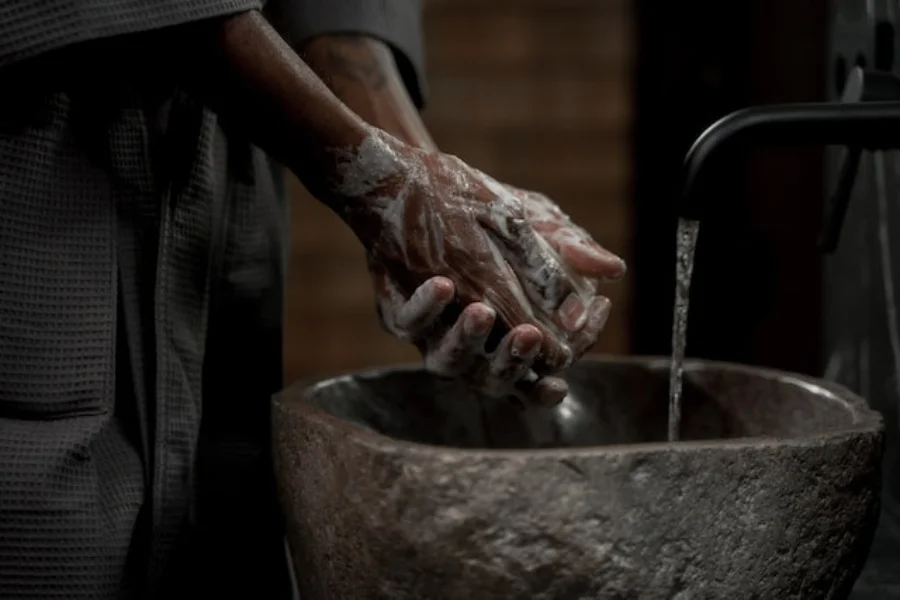
A faucet for a kitchen sink should have a smooth surface and be easily accessible. Therefore, choose models with polished surfaces for easy cleaning and accessibility. On the other hand, a bathroom faucet mounted high on the wall for channeling water to a bathtub can be tall with a single hole.
2. Source of water
Rain and treated water contain no dissolved ions, while water from boreholes and rivers is rich in minerals. An ideal faucet for a property where underground water is common should be polished or made from stainless steel.
Zinc faucets are ideal for rainy or soft water because zinc is reactive unless polished.
3. Control type
A valve-controlled faucet should be easy to operate and mounted within reach, whereas one with sensors can be tall and mounted higher.
4. Dimensions and space
The faucet size chosen should correspond to the sink. Faucets with long necks are ideal for large kitchen sinks and bathtubs, while medium-sized ones are suitable for bathroom sinks.
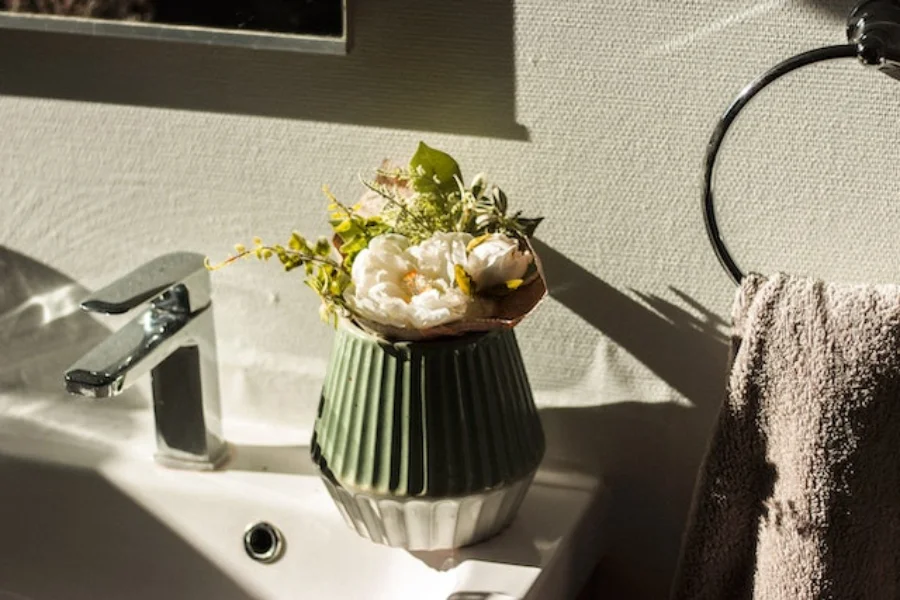
Choose modern faucet designs for ultimate comfort
Modern designs and innovations have improved the style and functionality of faucets. Always evaluate your customers’ needs, such as aesthetics, available space, and position, before choosing their models. Note that different customers have varying needs, and therefore, offer them a wide array to choose from.
For ultimate comfort and stylish kitchens and bathrooms, look out for the latest trends in the market with a digital touch. For example, models with sensors and detectors are more robust, safe, and comfortable to use.
